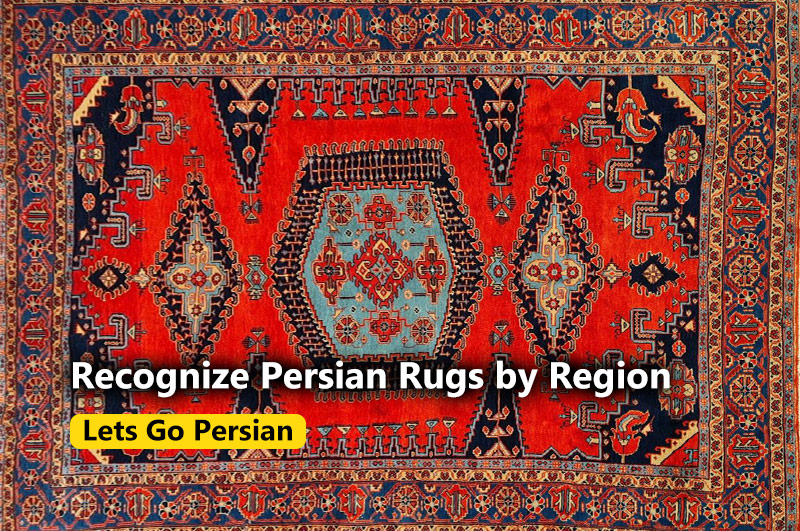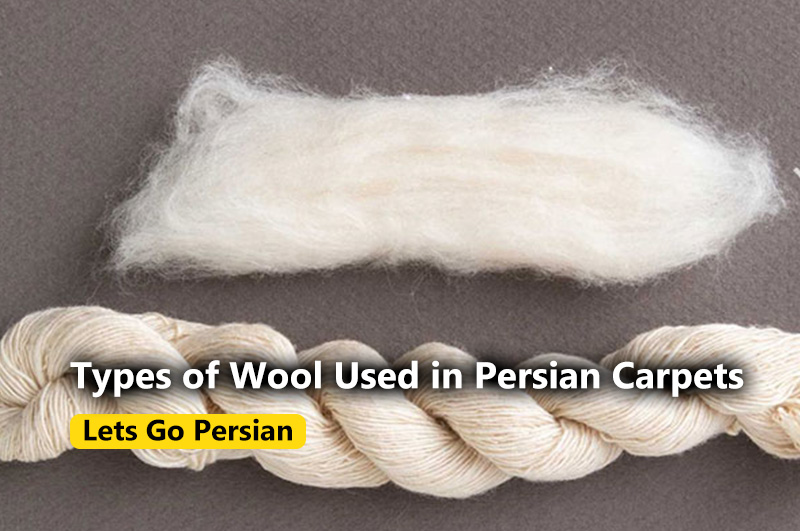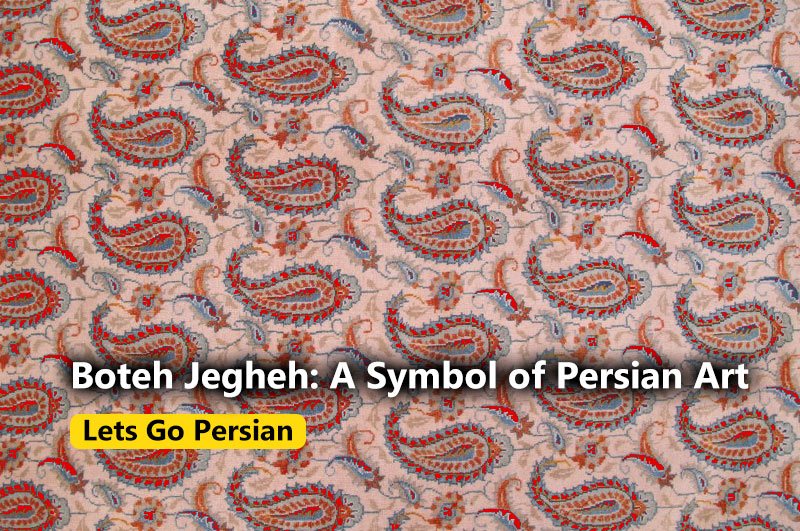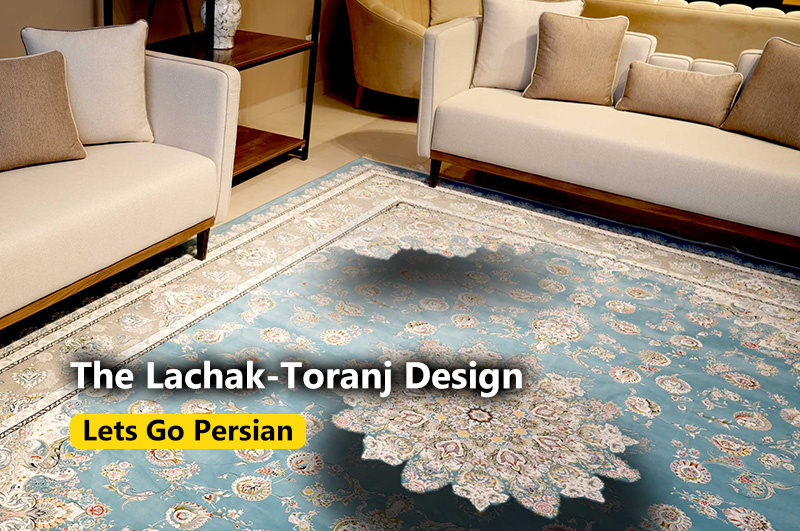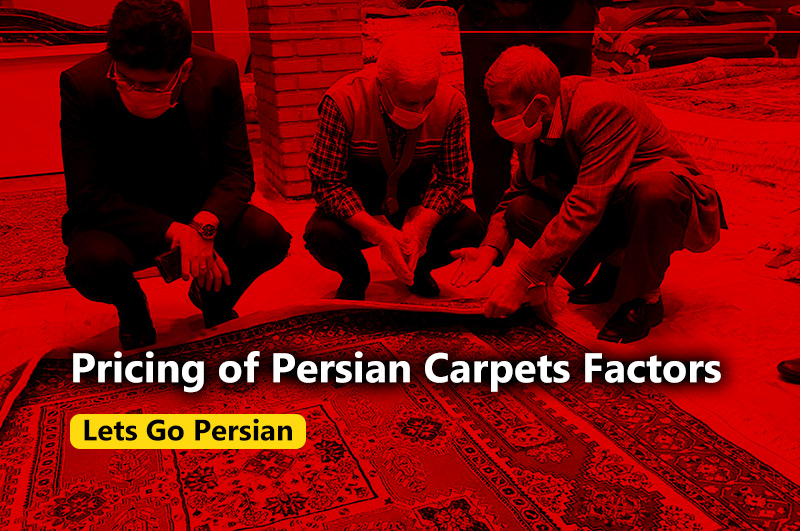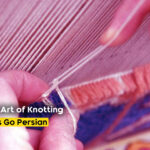
Knotting Techniques Used in Persian Carpets
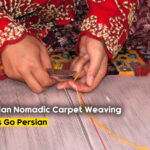
From Nomads to Artisans: The Evolution of Carpet Weaving in Iran
In Iran, carpets are much more than simple floor coverings—they hold deep cultural, artistic, and symbolic significance. Known for their exquisite craftsmanship, Persian carpets have been an integral part of Iranian culture for centuries, representing not only luxury and status but also family heritage, spirituality, and daily life. These handwoven masterpieces can be found in almost every Iranian home, from humble abodes to grand palaces, and their presence carries rich meaning. In this post, we will explore the cultural significance of carpets in Iranian homes, examining their role in family traditions, social customs, and spiritual practices.
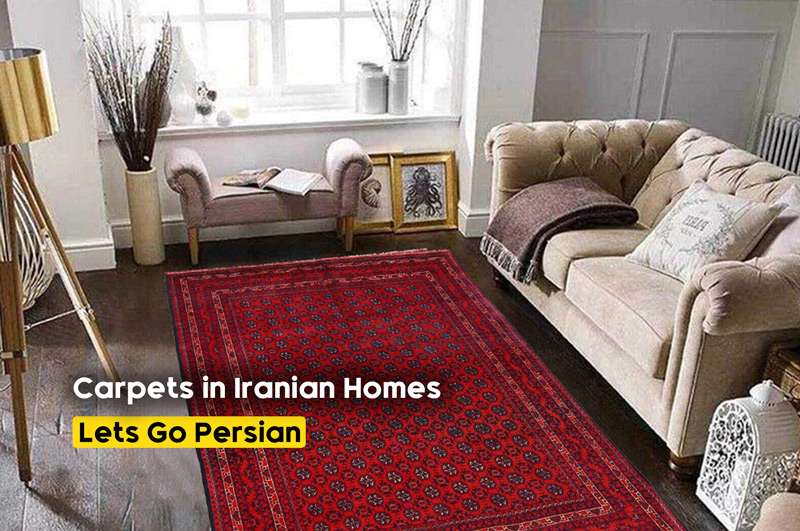
The Cultural Significance of Carpets in Iranian Homes
1. Carpets as Symbols of Heritage and Tradition
A Family Heirloom
For many Iranian families, a Persian carpet is much more than a decorative piece; it is an heirloom that is passed down through generations. Carpets often symbolize the family’s history, with many households treasuring carpets that have been in the family for decades or even centuries.
- Handwoven History: Carpets often represent the skill and labor of ancestors, serving as a reminder of family roots. Some carpets are created by family members themselves, particularly in rural and nomadic communities, making them even more personal and significant.
- Gifts of Love and Continuity: It is common for Persian carpets to be given as wedding gifts or handed down as part of a family’s legacy. These carpets serve as symbols of continuity, love, and connection between generations.
Regional Pride
Persian carpets are also a source of regional pride. Different regions of Iran are famous for distinct weaving styles, colors, and motifs. Having a carpet from a particular region can signify cultural pride and a connection to one’s homeland.
- Isfahan, Tabriz, and Kashan: These cities are known for producing some of the finest and most intricate carpets in the world, with each region boasting its unique patterns and designs. A family that owns an Isfahan or Kashan carpet often takes great pride in the craftsmanship and cultural identity these carpets represent.
2. Carpets in Daily Life: A Centerpiece of Iranian Homes
The Carpet is the Heart of the Home
In Iranian homes, the carpet is often considered the centerpiece of the living space. It is typically placed in the main room, where the family gathers for meals, conversations, and celebrations. In many ways, the carpet serves as the foundation of the home, creating a warm and welcoming environment.
- Multi-Functional Use: Traditionally, Persian carpets are used for a variety of purposes beyond mere decoration. In rural and nomadic communities, carpets often function as seating areas, beds, and dining spaces. Families sit on the carpet to enjoy meals or tea, and in some cases, carpets are rolled out for guests to sit or sleep on.
Social Gatherings and Hospitality
Hospitality is a key element of Iranian culture, and carpets play a significant role in how homes are arranged to welcome guests. Iranians take pride in presenting their guests with a comfortable and aesthetically pleasing environment, and the carpet is an essential part of this experience.
- Serving Guests: Traditionally, meals are served on a sofreh, a fabric spread placed on top of the carpet in the living room. Guests sit on the carpet while enjoying meals or tea, emphasizing the carpet’s role as a social space.
- Creating Comfort and Warmth: The carpet provides warmth and comfort, especially in the cooler months. Guests are encouraged to relax and enjoy the hospitality of their hosts, with the plush surface of the carpet adding to the welcoming atmosphere.
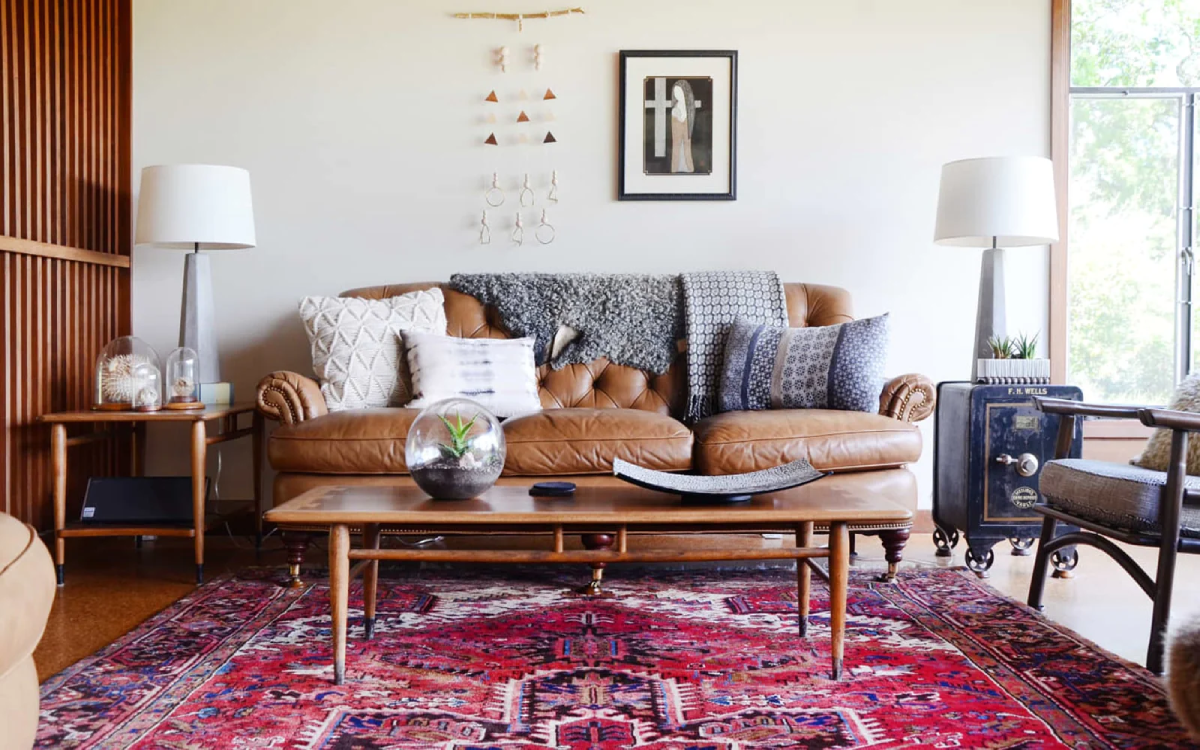
The Cultural Significance of Carpets in Iranian Homes
3. Spiritual and Symbolic Importance
Carpets in Religious and Spiritual Practices
Carpets also hold spiritual significance in Iranian homes, especially in the context of religious practices. Prayer rugs, often smaller and portable, are used for the daily practice of Namaz (Islamic prayer). The design of prayer rugs is usually simple and often features a Mihrab (a niche that symbolizes the direction of Mecca).
- Sacred Space: The carpet or rug used for prayer becomes a sacred space, a clean and holy area where the individual can connect with God. For many Iranians, these carpets are deeply personal, and the act of praying on them adds to their spiritual value.
- Symbol of Purity and Cleanliness: In Islam, cleanliness is an important part of spiritual practice, and carpets are seen as a clean and sacred surface for prayer. Many Iranians take special care to keep their carpets clean and in good condition, reflecting their respect for both their home and their religious obligations.
Carpets as Symbols of Paradise
In Iranian culture, particularly in Persian literature and Islamic art, carpets are often seen as representations of paradise or the Garden of Eden. The detailed floral and geometric designs found on many Persian carpets are symbolic of the gardens of paradise, with their intricate patterns representing eternal beauty and order.
- Garden Carpets: Carpets with floral motifs and garden themes are known as Golestan or Bagh carpets, and they often symbolize the divine beauty and abundance of paradise. These carpets evoke the image of a lush, heavenly garden, creating a sense of tranquility and spiritual connection in the home.
4. Carpets as Status Symbols
Luxury and Prestige
Persian carpets have long been regarded as symbols of wealth and prestige in Iran and around the world. In Iranian homes, owning a finely woven carpet—particularly one from a renowned region like Tabriz or Nain—is often a sign of social status and success.
- Handwoven Artistry: The artistry and labor that go into creating a high-quality Persian carpet, combined with the use of luxurious materials like wool or silk, make these carpets highly valuable. A fine carpet is considered a luxury item and is often displayed prominently in the home as a testament to the family’s wealth and good taste.
- Investment Pieces: Persian carpets are not only cultural treasures but also investment pieces. Many families purchase Persian carpets as a form of investment, as the value of these handwoven masterpieces can be appreciated over time, particularly if the carpet is well-maintained.
A Symbol of National Pride
In addition to their status as luxury items, Persian carpets are a source of national pride for Iranians. The art of carpet weaving is one of Iran’s greatest cultural achievements, and owning a Persian carpet is a way for Iranians to express their connection to their cultural heritage.
- Cultural Ambassadors: Persian carpets are recognized around the world for their beauty and craftsmanship, and they have long been used as diplomatic gifts and cultural symbols. In Iranian homes, displaying a Persian carpet reflects not only personal pride but also pride in the nation’s rich artistic history.

The Cultural Significance of Carpets in Iranian Homes
5. Carpets and Iranian Celebrations
Special Occasions and Ceremonies
Carpets play a significant role in Iranian celebrations and festive occasions. Whether it’s a wedding, a Nowruz (Persian New Year) celebration, or a religious holiday, carpets are an essential part of the preparation and atmosphere.
- Wedding Traditions: In traditional Iranian weddings, carpets are often used as part of the wedding ceremony. A bride’s dowry may include a beautiful Persian carpet, symbolizing her family’s wealth and status. In some cases, carpets are spread out for the couple to stand on during the ceremony, adding an element of tradition and beauty to the event.
- Nowruz Celebrations: During Nowruz, carpets are cleaned and prepared as part of the traditional spring cleaning process. Families often roll out their finest carpets to welcome the new year, ensuring that the home is fresh, clean, and beautifully decorated.
Carpets in Festivals
Carpets also have a significant presence in Persian cultural festivals. For example, during the Carpet Festival held annually in Iran, weavers from across the country showcase their finest carpets, celebrating the craftsmanship and artistry of this ancient tradition.
Conclusion
Carpets are woven into the very fabric of Iranian life, representing everything from family heritage and spiritual devotion to status and cultural pride. In Iranian homes, the presence of a Persian carpet goes beyond mere decoration—it reflects a connection to the past, a symbol of hospitality, and a deeply ingrained sense of beauty and order. Whether passed down through generations or purchased as a statement of luxury, Persian carpets hold a special place in Iranian culture, and their significance continues to resonate in homes across the country today.


